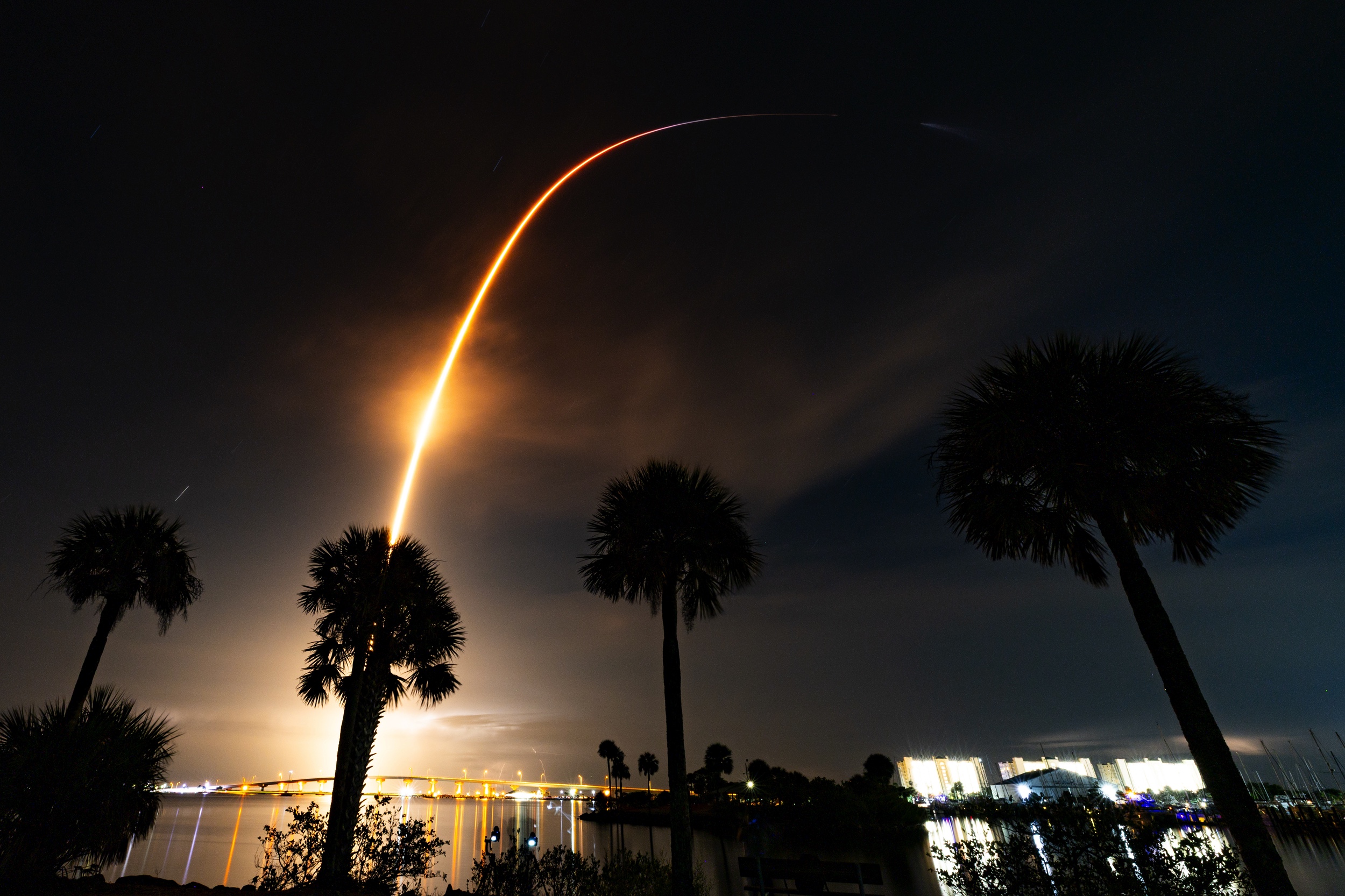AI holds significant potential to revolutionize spacecraft design by enhancing performance calculations and generating innovative designs based on mission criteria. However, the adoption of AI in aerospace engineering is hindered primarily by issues related to data quality and organization, rather than algorithmic capabilities. Many organizations struggle with unstructured and siloed data, making it difficult for AI systems to function effectively. Successful implementation requires clean, usable data and engineers’ involvement to create engineer-in-the-loop systems. Effective AI applications have emerged, such as using machine learning to optimize heat exchanger geometries and aerodynamic designs, yielding faster, high-quality results. To harness AI’s full benefits, engineering leaders must ensure robust workflows that prioritize traceability and data governance. Defining clear objectives, generating quality data, and integrating ML into existing processes can bridge the gap between AI’s promise and real-world impact, empowering engineers to make informed decisions in the complex arena of spacecraft design.
Source link

Share
Read more